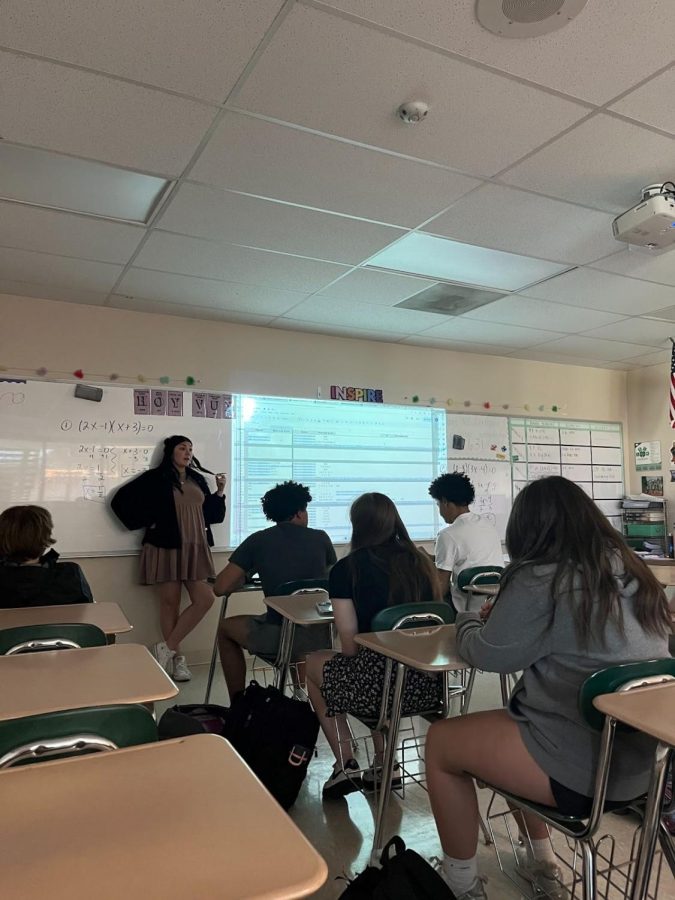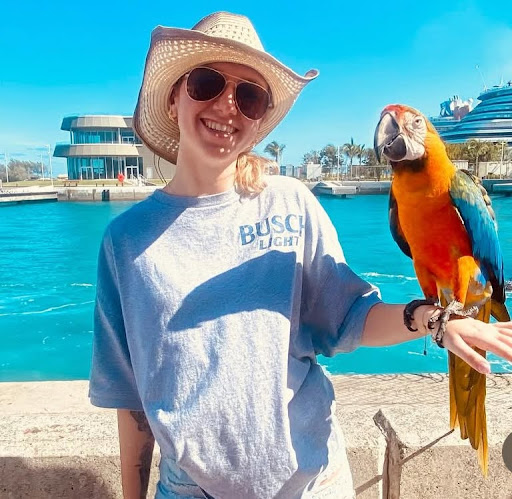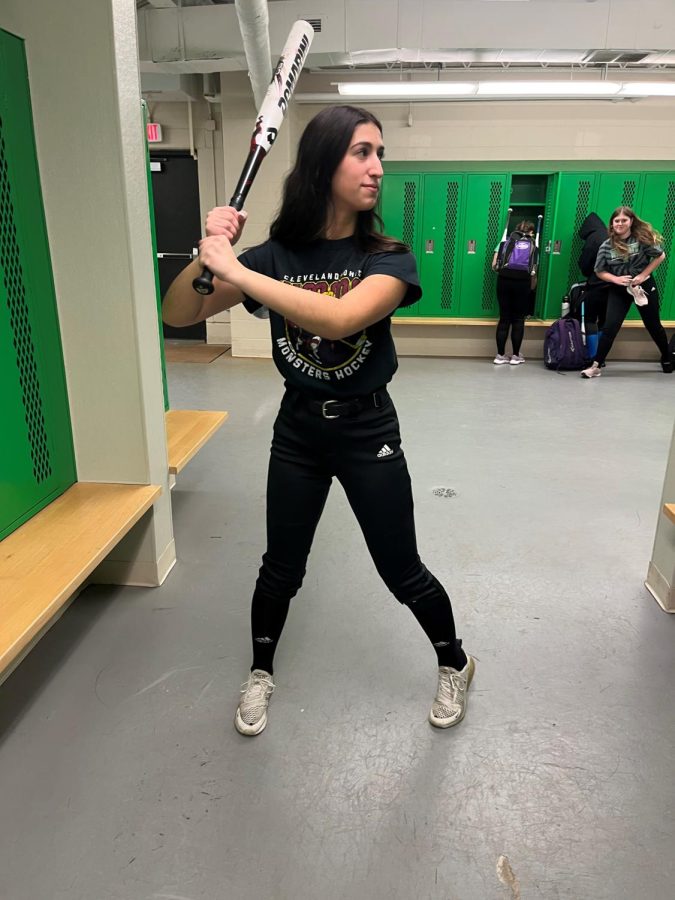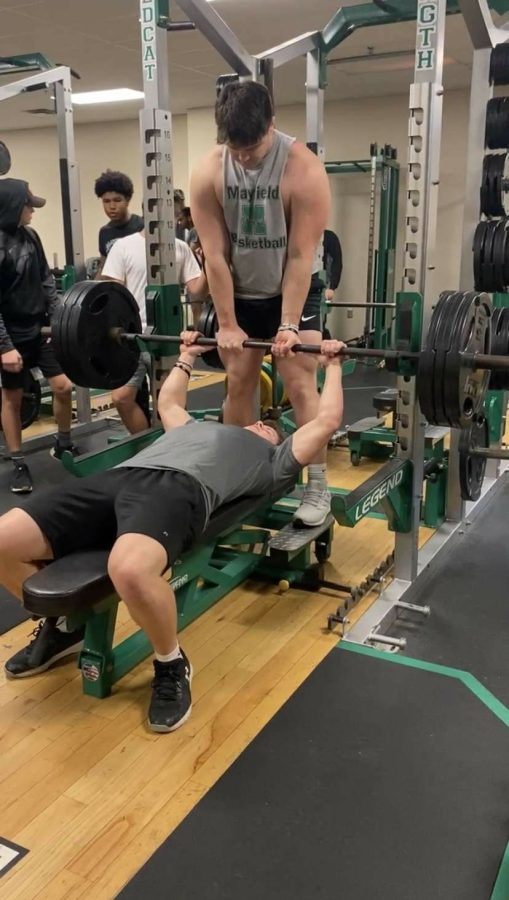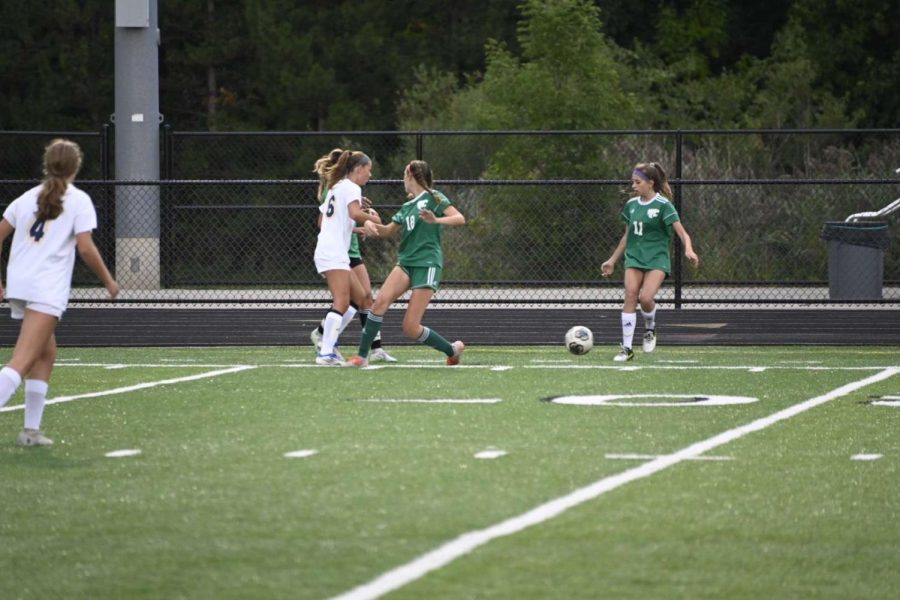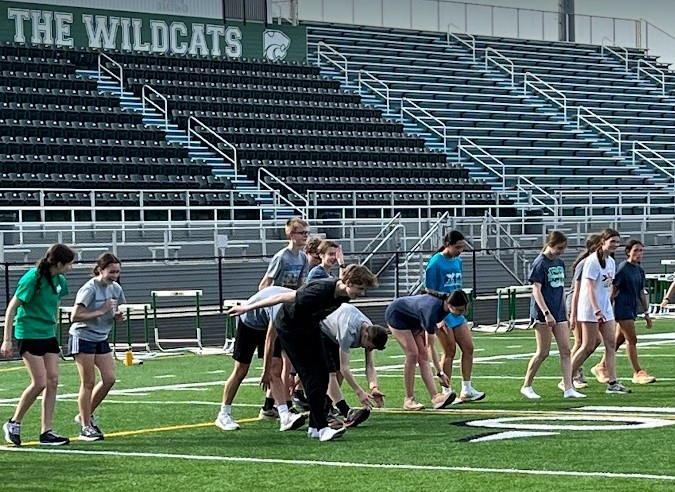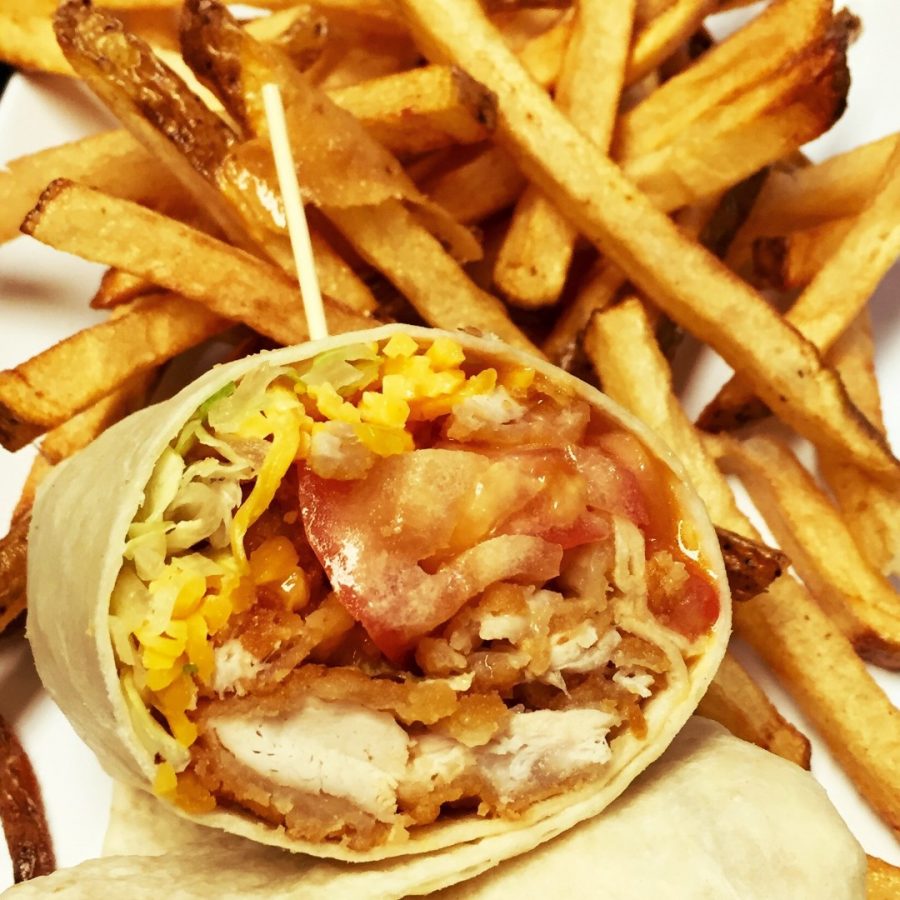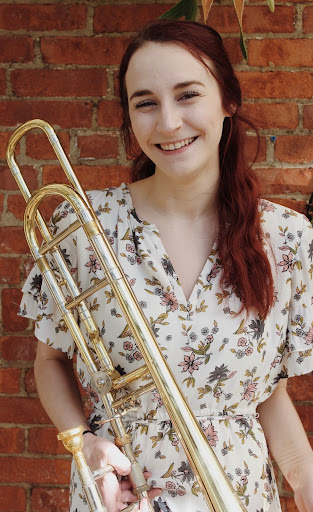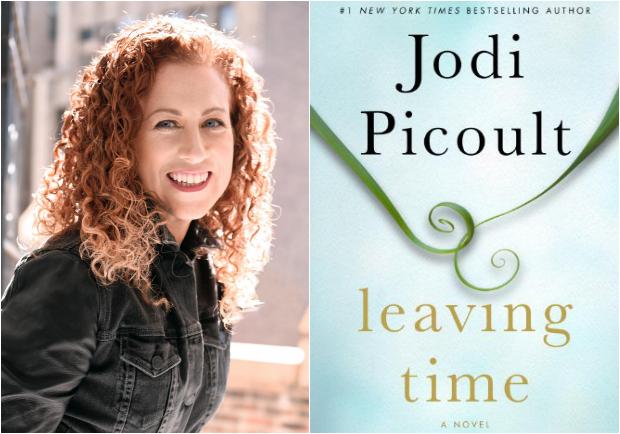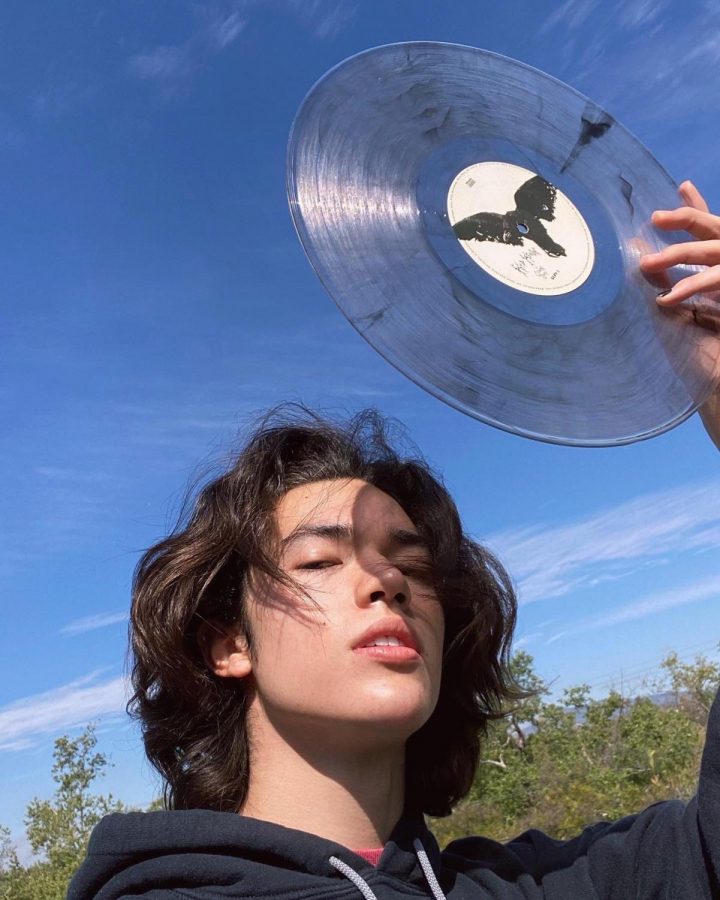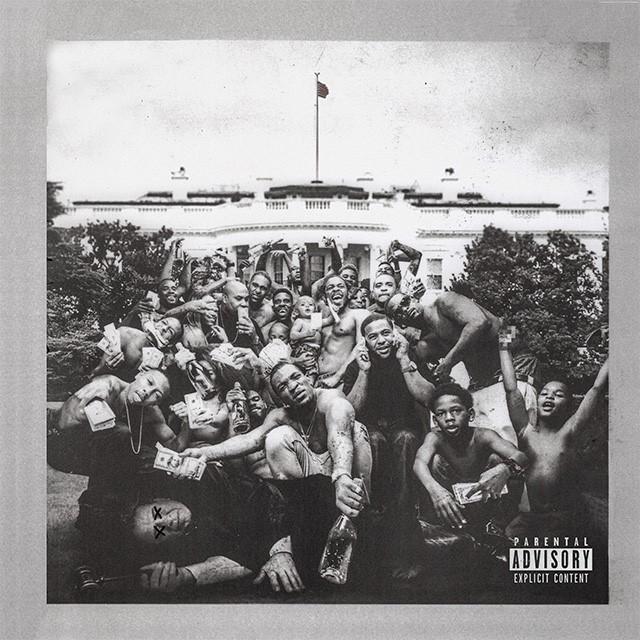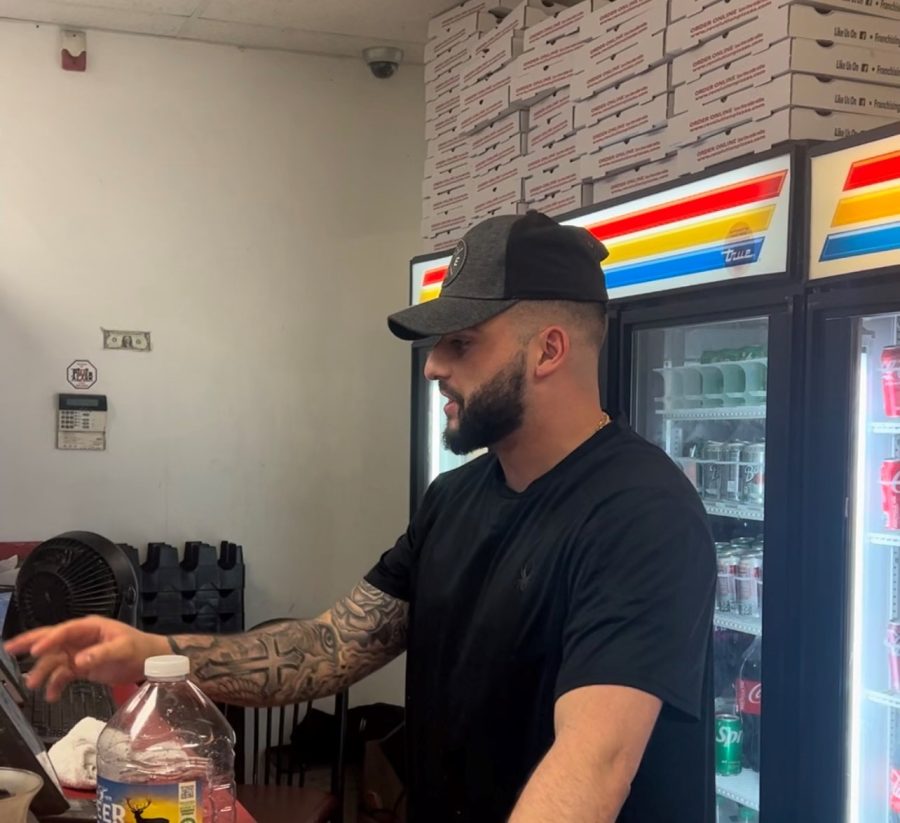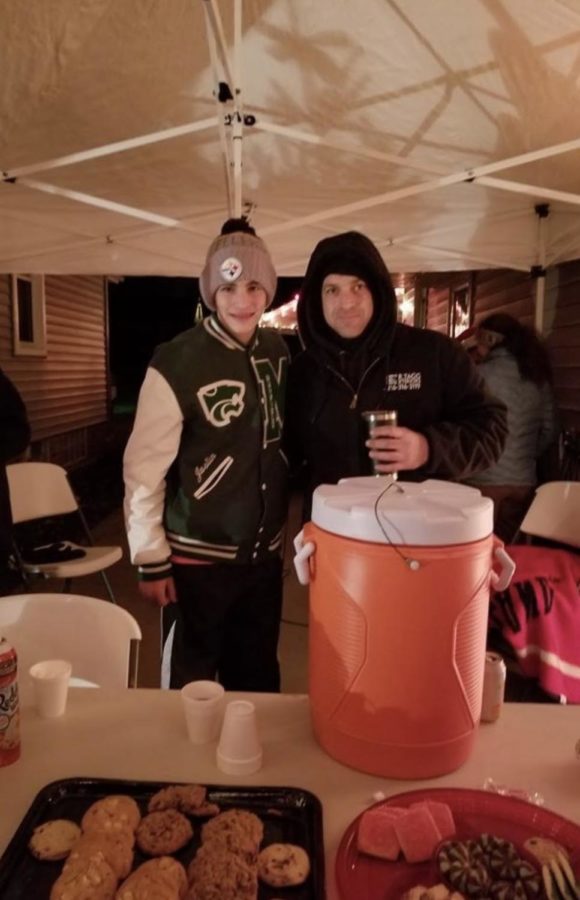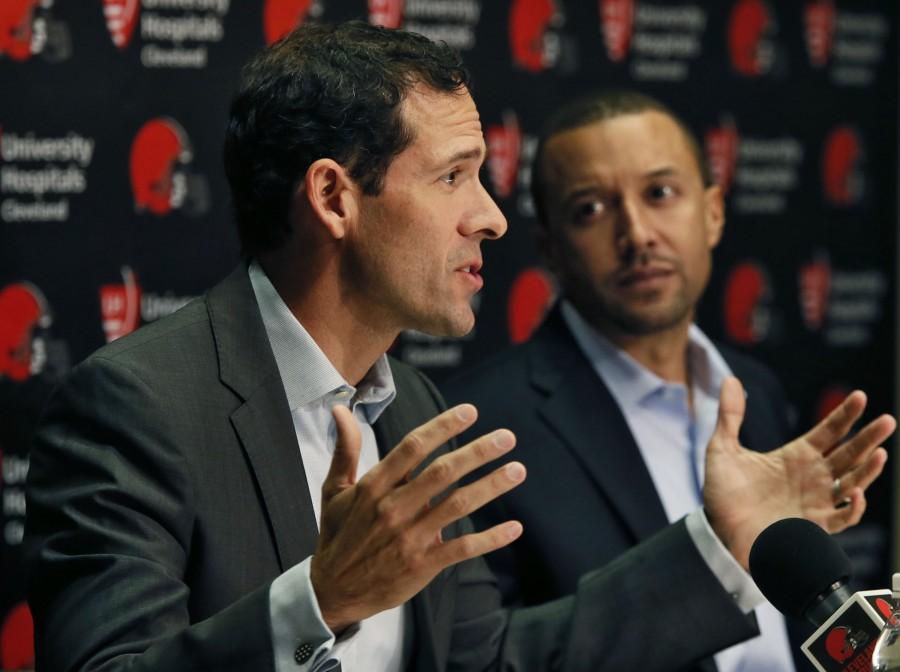Browns exploit Eagles with draft trade
Ed Suba Jr./Akron Beacon Journal/TNS
Cleveland Browns Chief Strategy Officer Paul DePodesta, left, answers a question while Executive Vice President of Football Operations Sashi Brown listens during a news conference at the Browns training facility on Thursday, Jan. 21, 2016, in Berea, Ohio.
April 21, 2016
After a poor 2015 football season, the Cleveland Browns were slated to pick second overall in the upcoming 2016 NFL Draft.
However, on April 20, the Browns hatched a trade with the Philadelphia Eagles with a total of seven picks changing teams.
The Eagles, who went 7-9 last season, were expected to pick eighth overall. That selection, as well as their 2016 third rounder (#77 overall), 2016 fourth rounder (#100), 2017 first rounder, and 2018 second rounder, will be headed to Cleveland.
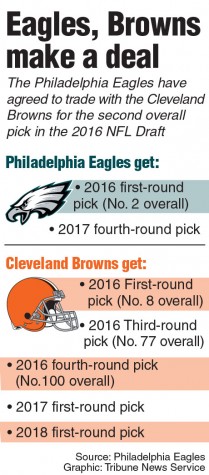
In exchange, the Browns sent the number two overall pick this year, as well as a fourth round pick in 2017.
This blockbuster trade precedes the recent deal for the number one overall pick between the Tennessee Titans and the Los Angeles Rams. The last time the first overall pick was traded prior to the draft was in 2001. Never have the first two picks been traded prior to the draft—until now.
In order to fully understand the impact of this most recent trade, one must go back to before either trade was made.
Two weeks ago, the Tennessee Titans were picking first and the Cleveland Browns were picking second. The Titans were expected to select Mississippi’s offensive tackle Laremy Tunsil, leaving either of the top two quarterbacks to fall to the Browns. The general consensus was that they would decide between North Dakota State’s Carson Wentz and California’s Jared Goff.
Then the trade for number one happens and the Los Angeles Rams are picking in the top spot. The Rams, who moved to Los Angeles this offseason and needed to make a splash, need a new quarterback. Whether they pick Goff or Wentz, the Rams trade to number one then left the Browns with whomever the Rams didn’t want—not an ideal situation.
After this most recent trade, the Eagles will pick second. They have been connected to a quarterback and although they re-signed incumbent Sam Bradford and signed Chase Daniel in free agency, it seems likely that a quarterback will be their pick.
“We look at it as investing in the quarterback position,” Eagles executive vice president of football operations Howie Roseman said in the team’s press conference. “When we were really successful, we invested in quarterbacks.”
But what if the team doesn’t take a quarterback? They have two capable of being starters, do they really need another? Who else would they take?
The answer lies in Ohio State running back Ezekiel Elliott. The Heisman Award finalist had been tied to the Dallas Cowboys at pick number four. The Eagles, a division rival of the Cowboys, now have the best hand at the NFC East table.
So now, who do the Browns select at pick number eight?
It is assumed that the Browns will go after a player at a position of need, as is tradition. Expected to be in the running, among others, is Mississippi wide receiver LaQuon Treadwell and offensive tackle Laremy Tunsil, Oregon defensive end DeForest Buckner, Florida cornerback Vernon Hargreaves III, or even another trade.
Regardless of what happens in the upcoming NFL Draft, the Browns, as of right now, are in a prime position to turn the franchise around.



